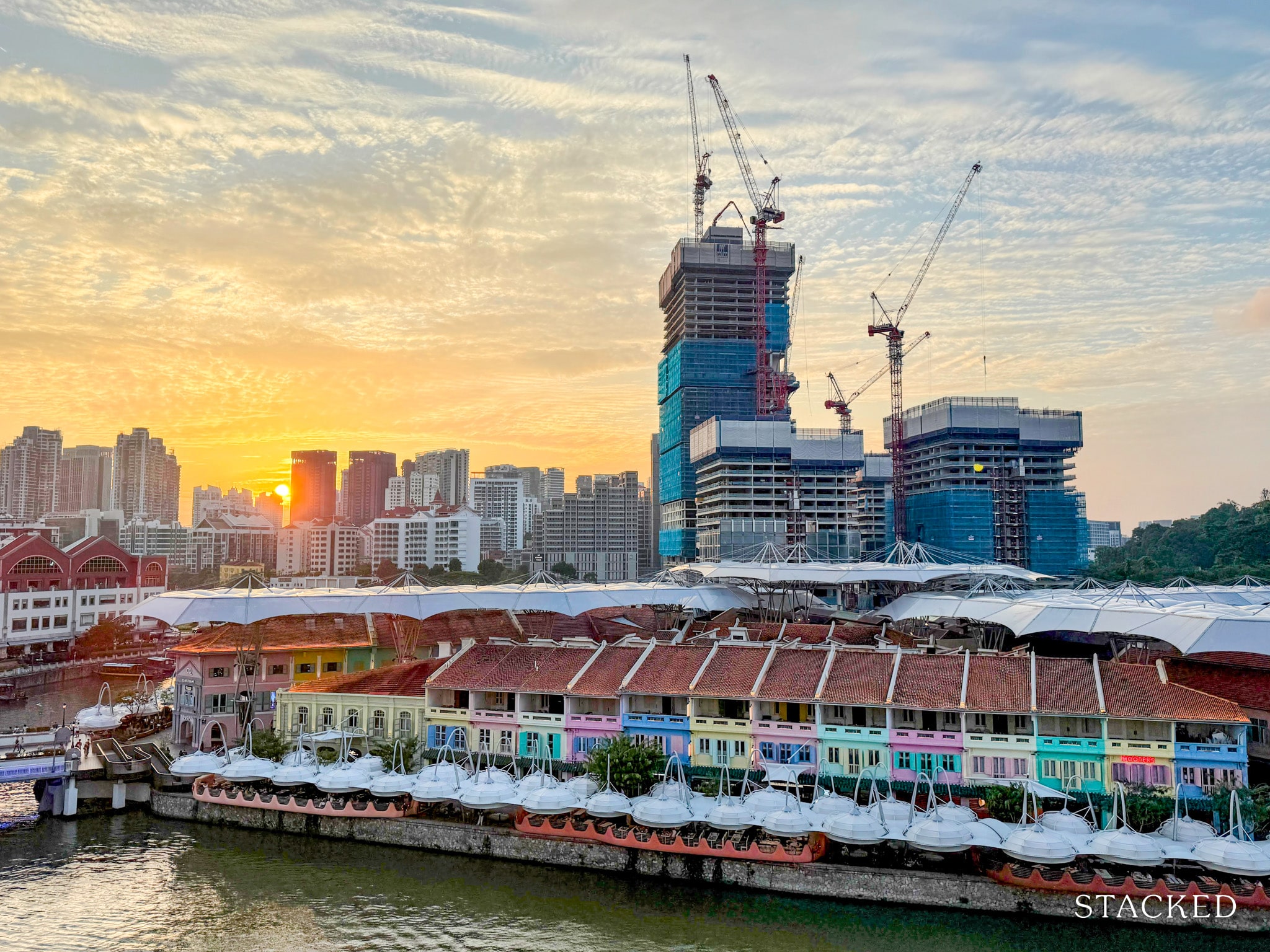We Own A $800K 1-Bedder And A $1.1M 3-Bedder: Is It Possible To Upgrade To A 4-Bedder Condo?

Get The Property Insights Serious Buyers Read First: Join 50,000+ readers who rely on our weekly breakdowns of Singapore’s property market.
A seasoned content strategist with over 17 years in the real estate and financial journalism sectors, Ryan has built a reputation for transforming complex industry jargon into accessible knowledge. With a track record of writing and editing for leading financial platforms and publications, Ryan's expertise has been recognised across various media outlets. His role as a former content editor for 99.co and a co-host for CNA 938's Open House programme underscores his commitment to providing valuable insights into the property market.
My wife and I are exploring our options to upgrade, as our family has grown and we now have three children. Here’s our current situation:
Current Properties:
- My wife owns a one-bedder at Cradles, which is presently rented out for income.
- I own a three-bedder at Symphony Suites, which is our current home.
Objective:
We hope to move to a larger home of at least 1,150 sq ft, ideally a four-bedroom unit so each child can have their own room. Our budget is around $1.5 million to $1.6 million.
Key Consideration:
We want to make the transition as smooth as possible, without needing to rent a temporary place while waiting for the new home.
Could you advise us on the best way to structure this upgrade? In particular, how should we sequence the sale and purchase to minimise disruption, while ensuring that the move remains financially feasible within our budget?
Thank you, and we look forward to your advice.
Greetings reader, and we’re glad to hear you’re in a good place to make your move.
To answer your question, let’s start by looking at the recent transacted prices and performance of your existing properties, Cradles and Symphony Suites. We’ll also look at how their performance holds up compared to the rest of the district:
Average 1-bedroom price based on units transacted between 2024 and Q3 2025
| Unit size (sqft) | Average price | No. of units sold |
| 441 | $764,167 | 6 |
| 581 | $969,333 | 3 |
Resale performance of 1-bedders in Cradles (only includes sub sale and resale transactions)
| Year | Average $PSF in Cradels | Average $PSF of 1-bedders in D10* | Average $PSF of all 1-bedders* |
| 2015 | $1,450 | $1,867 | $1,662 |
| 2016 | $876 | $1,764 | $1,567 |
| 2017 | $1,527 | $1,771 | $1,701 |
| 2018 | $1,495 | $1,856 | $1,657 |
| 2019 | $1,486 | $1,896 | $1,674 |
| 2020 | $1,411 | $1,810 | $1,556 |
| 2021 | $1,528 | $1,918 | $1,609 |
| 2022 | $1,549 | $2,028 | $1,678 |
| 2023 | $1,645 | $2,234 | $1,754 |
| 2024 | $1,683 | $2,121 | $1,829 |
| 2025 (Up to Q3) | $1,744 | $2,164 | $1,860 |
| Annualised | 1.86% | 1.49% | 1.13% |
*Note that we are only comparing against 999-year / freehold projects in D10, as Cradles is freehold.
Cradles has actually outperformed the broader one-bedder segment, and kept slightly ahead of the district average.
Profitability of 1-bedders in Cradles based on transactions done in 2025
| Average ROI | Average gains | Average holding period (years) | No. of units sold |
| 21.72% | $166,361 | 9.9 | 3 |
The gross rental yield of around four per cent is acceptable for a one-bedder in this area.
More broadly, Cradles is ahead of the curve, beating the long-term growth rate of 999-year / freehold one-bedders in both D10 and islandwide.
For completeness, let’s also look at the performance of 99-year leasehold one-bedders over the same timeframe:
| Year | Average $PSF in Cradles | Average $PSF of 99y LH 1-bedders in D10 | Average $PSF of all 99y LH 1-bedders |
| 2015 | $1,450 | $1,652 | $1,393 |
| 2016 | $876 | $1,808 | $1,720 |
| 2017 | $1,527 | $1,949 | $1,561 |
| 2018 | $1,495 | $1,777 | $1,519 |
| 2019 | $1,486 | $1,797 | $1,497 |
| 2020 | $1,411 | $1,689 | $1,497 |
| 2021 | $1,528 | $1,770 | $1,502 |
| 2022 | $1,549 | $1,852 | $1,583 |
| 2023 | $1,645 | $2,024 | $1,714 |
| 2024 | $1,683 | $2,464 | $1,772 |
| 2025 (Up to Q3) | $1,744 | $2,630 | $1,822 |
| Annualised | 1.86% | 4.76% | 2.72% |
Cradles does fall behind when compared to leasehold projects; but this is mainly due to its freehold premium, which made it pricier than leasehold counterparts at the outset.
Next, let’s look at Symphony Suites
Average 3-bedroom price based on units transacted between 2024 and Q3 2025
| Unit size (sqft) | Average price | No. of units sold |
| 786 | $1,050,099 | 19 |
| 797 | $1,049,286 | 7 |
| 893 | $1,175,833 | 6 |
| 915 | $1,188,850 | 10 |
Resale performance of 3-bedders in Symphony Suites (only includes sub sale and resale transactions)
| Year | Average $PSF in Symphony Suites | Average $PSF of 3-bedders in D27* | Average $PSF of all 3-bedders* |
| 2019 | $1,119 | $871 | $1,089 |
| 2020 | $1,148 | $864 | $1,048 |
| 2021 | $1,126 | $968 | $1,125 |
| 2022 | $1,179 | $1,100 | $1,268 |
| 2023 | $1,227 | $1,244 | $1,407 |
| 2024 | $1,309 | $1,272 | $1,504 |
| 2025 (Up to Q3) | $1,336 | $1,347 | $1,580 |
| Annualised | 2.99% | 7.54% | 6.39% |
*We are using only 99-year leasehold projects for comparison, as Symphony Suites is leasehold.
Symphony Suites has seen steady appreciation since 2019, although the annualised growth rate trails the broader D27 market and the wider Singapore market (for three-bedders.)
Now that we have a clearer picture of how both Cradles and Symphony Suites are performing, we can turn our attention to the options available for your next move.
Since we don’t have information on your financial position, we can’t accurately work out your sale proceeds and affordability ranges. However, depending on how that turns out, we can present three possible pathways:
- Sell both units and buy a larger property
This maximises your combined proceeds and borrowing capacity, making it easier to reach a four-bedroom unit within your budget. - Sell Symphony Suites and upgrade while keeping Cradles as a rental property
This allows you to retain rental income, while freeing up your existing home for the upgrade. - Sell both units and purchase two new properties
One of the purchases will be your new, larger home, while the other could be an investment unit more focused on gains or rental.
1. Sell both units and buy a larger property
With a maximum budget of $1.6 million, there are several projects with four-bedders of at least 1,150 sq ft. The following is based on transactions in the first three quarters of 2025:
| Project | Average price | Average size (sqft) – based on transactions done | District | Completion year |
| REGENT GROVE | $1,300,000 | 1259 | 23 | 2000 |
| YISHUN SAPPHIRE | $1,337,972 | 1244 | 27 | 2001 |
| LA CASA | $1,378,800 | 1259 | 25 | 2008 |
| NORTHWAVE | $1,470,000 | 1259 | 25 | 2019 |
| THE EDEN AT TAMPINES | $1,475,000 | 1356 | 18 | 2003 |
| EVERGREEN PARK | $1,480,000 | 1346 | 19 | 1999 |
| PALM GARDENS | $1,496,778 | 1380 | 23 | 2000 |
| YISHUN EMERALD | $1,500,500 | 1386 | 27 | 2002 |
| SIGNATURE AT YISHUN | $1,504,378 | 1184 | 27 | 2017 |
| FORESTVILLE | $1,517,796 | 1245 | 25 | 2016 |
| THE BROWNSTONE | $1,544,259 | 1148 | 27 | 2017 |
| NINE RESIDENCES | $1,550,000 | 1173 | 27 | 2015 |
| RIVERSOUND RESIDENCE | $1,555,000 | 1163 | 19 | 2015 |
| WATERCOLOURS | $1,565,000 | 1238 | 18 | 2014 |
| BELLEWOODS | $1,572,500 | 1171 | 25 | 2017 |
| WESTWOOD RESIDENCES | $1,576,850 | 1195 | 22 | 2017 |
| BLOSSOM RESIDENCES | $1,583,750 | 1249 | 23 | 2014 |
| THE CRITERION | $1,585,000 | 1157 | 27 | 2018 |
| TWIN FOUNTAINS | $1,585,000 | 1206 | 25 | 2016 |
Most of these projects are fairly new ECs.
Illustrative example: Purchasing a four-bedder at The Criterion
Just as an example, let’s assume you purchase a unit at The Criterion at an average price of $1,585,000.
| Purchase price | $1,585,000 |
| Buyer’s Stamp Duty (BSD) | $48,850 |
| Legal fees | $3,000 |
| 25% downpayment | $396,250 |
Let’s assume you take up a loan with a Loan To Value (LTV) ratio of 60 per cent, over a period of 10 years.
(We assume the rest of the payment is made in some combination of cash and / or CPF)
| Mortgage interest (Based on a 30-year loan tenure at 4% interest)* | $343,061.80 |
| Buyer’s Stamp Duty (BSD) | $48,850 |
| Legal fees** | $3,000 |
| Maintenance fee (Assuming $400/month) | $48,000 |
| Property tax | $22,360 |
| Total cost | $465,272 |
*The actual home loan rate is likely to be lower than this, we use four per cent because this is the floor rate set by MAS, and the rate is also used for other factors like your debt servicing ratios. In any case, simulating a higher rate helps to ensure you’re prepared for interest rate spikes.
**Legal fees range from $2,500 to $3,000 but vary based on the law firm you use.
Using the average annualised growth rate of 2.91 per cent for non-landed private properties over the past decade (based on the Private Property Price Index or PPI), the projected value of the property could be:
| Year | Property price | Gains |
| 0 | $1,585,000 | $0 |
| 1 | $1,631,124 | $46,124 |
| 2 | $1,678,589 | $93,589 |
| 3 | $1,727,436 | $142,436 |
| 4 | $1,777,705 | $192,705 |
| 5 | $1,829,436 | $244,436 |
| 6 | $1,882,672 | $297,672 |
| 7 | $1,937,458 | $352,458 |
| 8 | $1,993,838 | $408,838 |
| 9 | $2,051,859 | $466,859 |
| 10 | $2,111,568 | $526,568 |
Potential gains after 10 years
Projected capital gains:
$526,568
Less total costs:
$465,272
Estimated net gains:
$61,296
Note: These are simplified projections only, based on simple compound growth; these don’t account for market cycles, supply changes, cooling measures, etc.
While the upgrade provides the space your family needs, the investment upside for this particular pathway may be modest, given the size, age, and leasehold nature of many four-bedders within the $1..6 million range.
2. Sell Symphony Suites and upgrade while keeping Cradles as a rental property
In this scenario, you will retain Cradles for rental income, and upgrade your home by purchasing the same four-bedder at The Criterion.
We’ll assume the same 10-year holding period for consistency. Since we do not know the outstanding loan amount for Cradles, we will assume an outstanding loan of $500,000 for calculation purposes.
Cost/gains of holding and renting out Cradels
| Rental income | $349,440 |
| Mortgage interest (Based on a 30-year loan tenure at 4% interest) | $180,369 |
| Maintenance fee (Assuming $300/month) | $36,000 |
| Property tax | $45,890 |
| Agency fee (Assuming it’s paid once every 2 years) | $15,870 |
| Upkeeping cost (Assuming $1000/year) | $10,000 |
| Gains | $61,311 |
Cradles has shown long-term annualised growth of 1.86 per cent, which is lower than the average rate for all non-landed private properties (i.e., the entire condo market in general.) To stay conservative, we apply this same growth rate to project the future value.
| Year | Property price | Gains |
| 0 | $866,750 | $0 |
| 1 | $882,872 | $16,122 |
| 2 | $899,293 | $32,543 |
| 3 | $916,020 | $49,270 |
| 4 | $933,058 | $66,308 |
| 5 | $950,413 | $83,663 |
| 6 | $968,090 | $101,340 |
| 7 | $986,097 | $119,347 |
| 8 | $1,004,438 | $137,688 |
| 9 | $1,023,121 | $156,371 |
| 10 | $1,042,151 | $175,401 |
Total potential gains from both properties in 10 years
- Gains from The Criterion (Option 1 baseline): $61,296
- Gains from renting out Cradles: $61,311
- Capital gains from Cradles: $175,401
Total potential gains: $298,008
This option gives you both an upgraded home, plus rental income; and Cradles may continue to appreciate modestly over time, in case you ever need something to liquidate.
3. Sell both units and purchase two new properties
With this approach, you upgrade to the same four-bedder at The Criterion, and also replace Cradles with another investment unit; ideally one that offers better long-term prospects.
Although Cradles has performed better than many freehold one-bedders, it still trails leasehold one-bedders and the entire condo market. So for this scenario, we assume you sell Cradles and purchase a new investment property at the same price point of $866,750.
| Purchase price | $866,750 |
| Buyer’s Stamp Duty (BSD) | $20,602 |
| Legal fees | $3,000 |
| 25% downpayment | $216,688 |
Rental and holding costs over 10 years
We will assume you continue to get a four per cent gross rental yield:
| Rental income | $346,680 |
| Mortgage interest (Based on a 30-year loan tenure at 4% interest) | $187,602 |
| Buyer’s Stamp Duty (BSD) | $20,602 |
| Legal fees | $3,000 |
| Maintenance fee (Assuming $200/month) | $24,000 |
| Property tax | $45,340 |
| Agency fee (Assuming it’s paid once every 2 years) | $15,745 |
| Upkeeping cost (Assuming $1000/year) | $10,000 |
| Gains | $40,391 |
Projected returns at 2.91 per cent annualised growth
| Year | Property price | Gains |
| 0 | $866,750 | $0 |
| 1 | $891,972 | $25,222 |
| 2 | $917,929 | $51,179 |
| 3 | $944,641 | $77,891 |
| 4 | $972,130 | $105,380 |
| 5 | $1,000,419 | $133,669 |
| 6 | $1,029,531 | $162,781 |
| 7 | $1,059,490 | $192,740 |
| 8 | $1,090,321 | $223,571 |
| 9 | $1,122,050 | $255,300 |
| 10 | $1,154,701 | $287,951 |
Total potential gains from both properties after 10 years
- Gains from The Criterion: $61,296
- Gains from the new investment unit: $40,391
- Capital gains from the investment unit: $287,951
Total potential gains: $389,638
This option produces the highest projected gains, mainly because the replacement investment property is assumed to grow faster than Cradles. This provides two assets with higher appreciation.
Now let’s look at the timeline for the sale and purchase process, and how you can sequence both to minimise disruptions.
![[Q&A] Upgrading current living arrangement](https://stacked-editorial.sgp1.digitaloceanspaces.com/editorial/wp-content/uploads/2025/12/19192018/QA-Upgrading-current-living-arrangement-1-1600x1200.png)
For the selling process, any CPF funds used (including accrued interest) will be refunded to your CPF OA shortly after completion, typically within about two weeks. Your net cash proceeds from the sale are usually disbursed on the completion day itself.
(To check the amount you need to refund to CPF, you’ll need to log in to your CPF account with your SingPass.)
If you intend to sell and buy concurrently, the key consideration is the initial cash outlay. You will need to prepare:
1. The five per cent cash portion of the downpayment (one per cent option fee and four per cent exercise fee),
2. The Buyer’s Stamp Duty (BSD), which must be paid within 14 days of exercising the OTP. There is usually not enough time for your CPF refunds to come through, so you need to prepare this amount in cash. Most buyers pay BSD in cash first and then apply for reimbursement later; your law firm will help you with this.
It’s advisable to start viewing potential properties and shortlisting those that meet your requirements, even before you start listing your unit(s) for sale.
While your unit is on the market, you can conduct viewings of the shortlisted developments. Once the buyer of your unit has exercised the OTP, you can then safely proceed to put down the option fee on your next home.
For your existing property, it is best to negotiate an extension of stay after completion. This is important as the completion date of your next purchase will generally be later, and you will also need some time for renovations and moving.
Any such extension of stay must be discussed and agreed upon before the buyer exercises the OTP, and it should be documented clearly in writing. A good property agent can help you to negotiate this; but do be prepared as not every buyer may be cooperative.
CPF refunds (from the sale of your previous unit) take approximately two weeks to be returned to your CPF account; so you need to time the completion of your purchase to occur at least two weeks after completing the Sale & Purchase Agreement. The larger the buffer the better. This ensures that your CPF funds are available for your next purchase when you need it, so you don’t need an interim rental.
What should you do?
As we do not have your full financial details, we can’t advise definitively on which pathway is most feasible. Among the three scenarios, the third option delivers the highest potential returns, as the replacement investment property may provide stronger capital appreciation than Cradles over the long term. However, this is highly dependent on selecting the right rental properties.
Beyond this, the most suitable choice will depend on your cash flow, available financing, and your comfort level with the capital commitment behind two properties.
If you would like a clearer recommendation, do let us know your outstanding loan amounts, CPF usage, cash on hand, and specific budget constraints; and we’ll be able to advise you better.
Ryan J. Ong
A seasoned content strategist with over 17 years in the real estate and financial journalism sectors, Ryan has built a reputation for transforming complex industry jargon into accessible knowledge. With a track record of writing and editing for leading financial platforms and publications, Ryan's expertise has been recognised across various media outlets. His role as a former content editor for 99.co and a co-host for CNA 938's Open House programme underscores his commitment to providing valuable insights into the property market.Read next from Property Advice
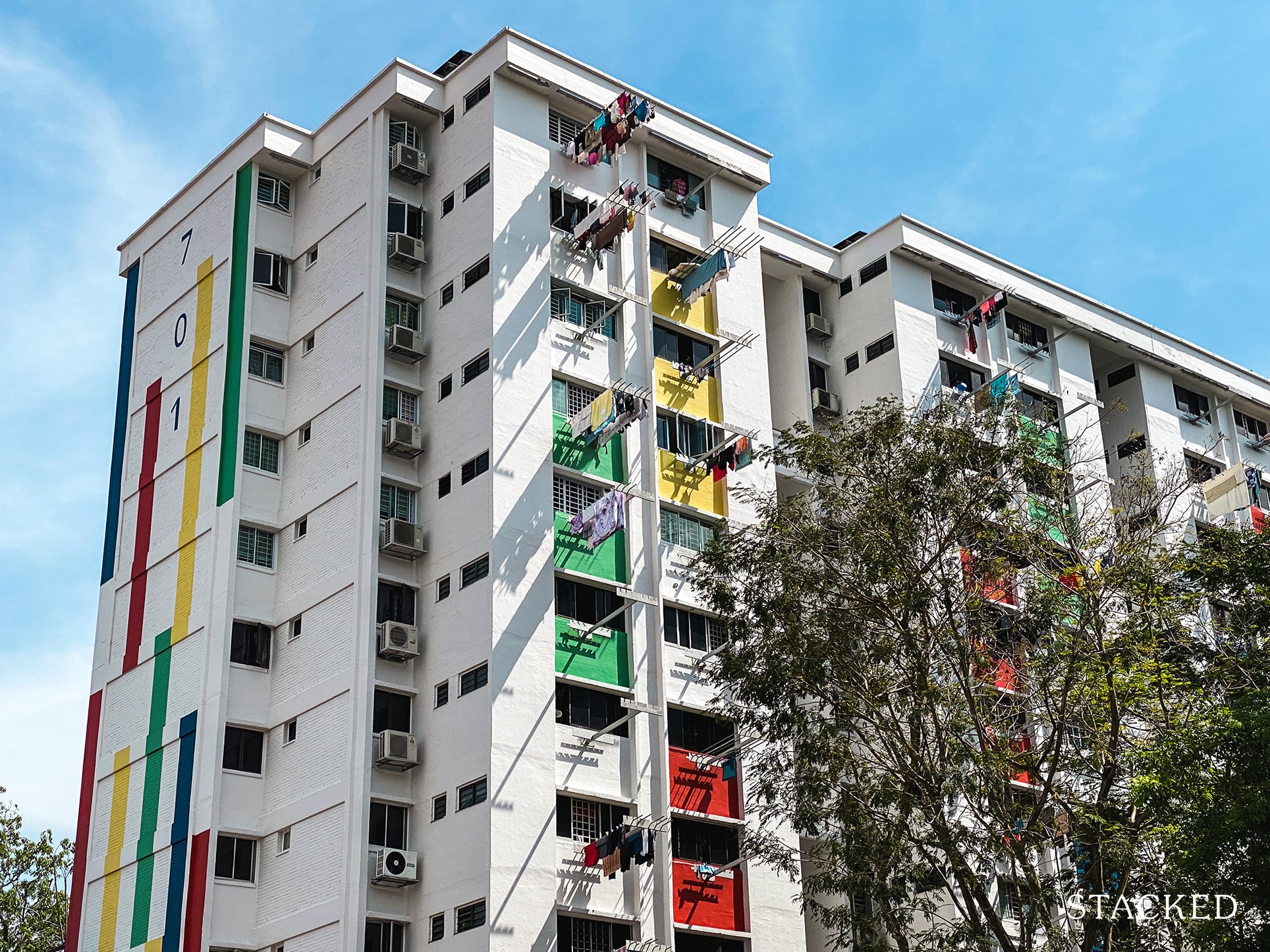
Property Advice I Own A 55-Year-Old HDB Flat, But May Have To Sell — Can I Realistically Buy A Freehold Condo With $700K?
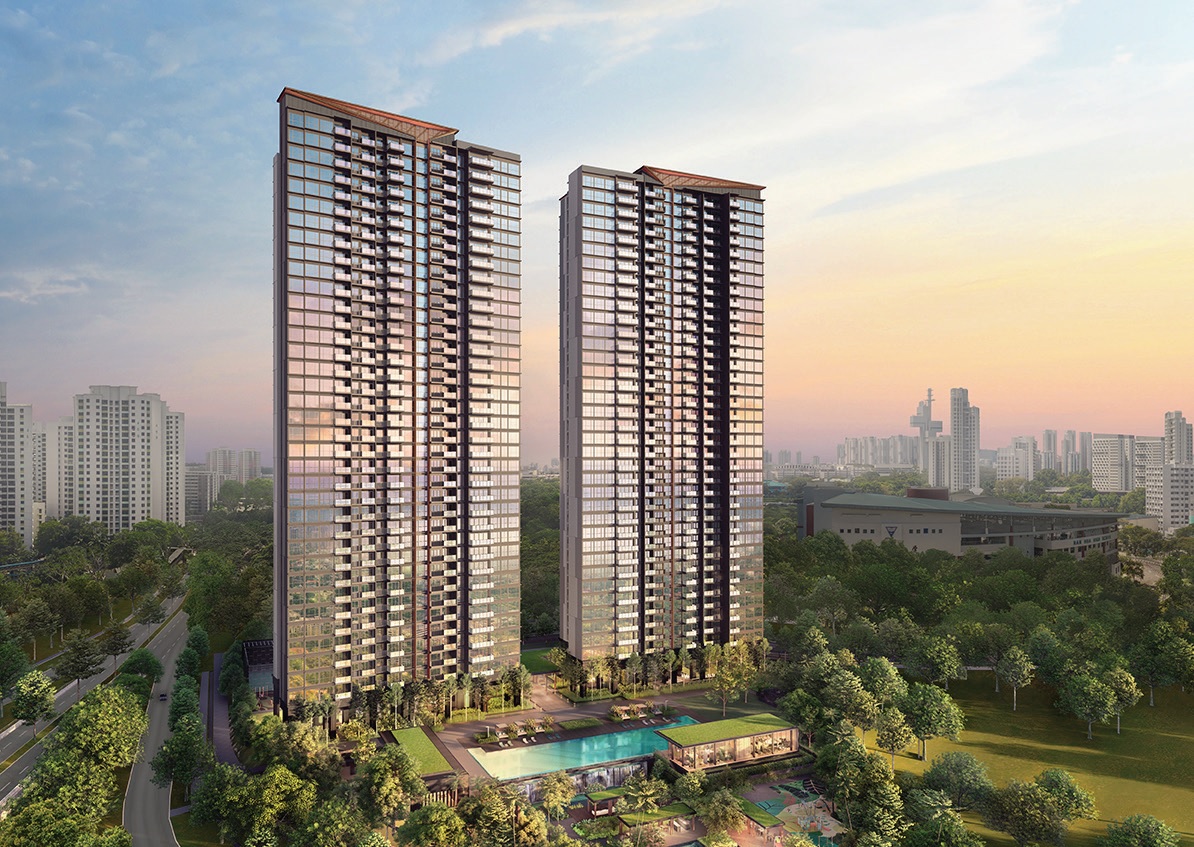
Property Advice We Own A 2-Bedder Condo In Clementi: Should We Decouple To Buy A Resale 3 Bedder Or Sell?

Property Advice Most New Condo Buyers in Singapore Forget to Check This Before Buying (Until It’s Too Late)
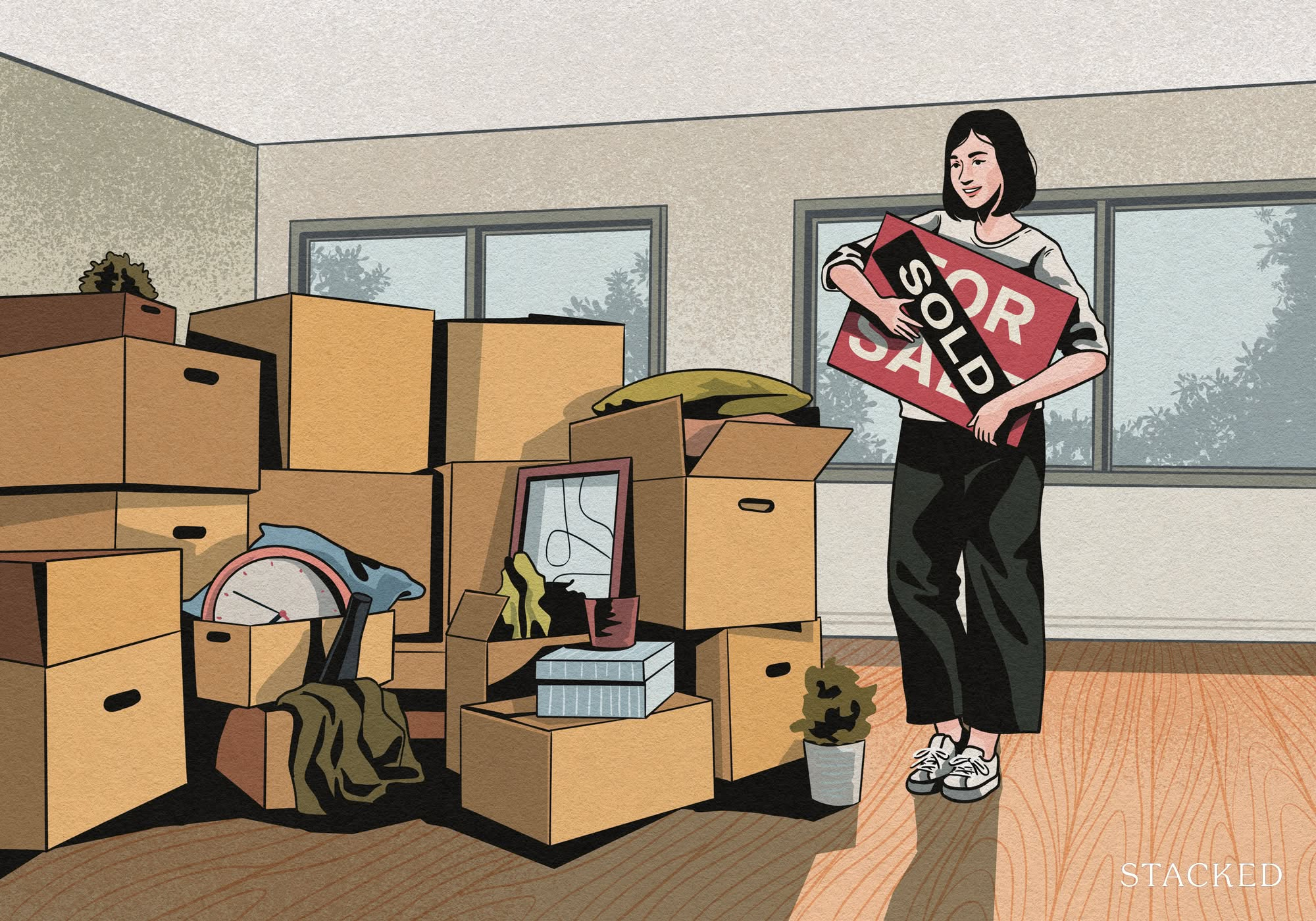
Property Advice Why I Sold My 40-Year-Old Jurong Flat For A Newer Bukit Panjang One: A Buyer’s Case Study
Latest Posts

On The Market These Are Some Of The Cheapest 5-Room HDB Flats Left In Central Singapore
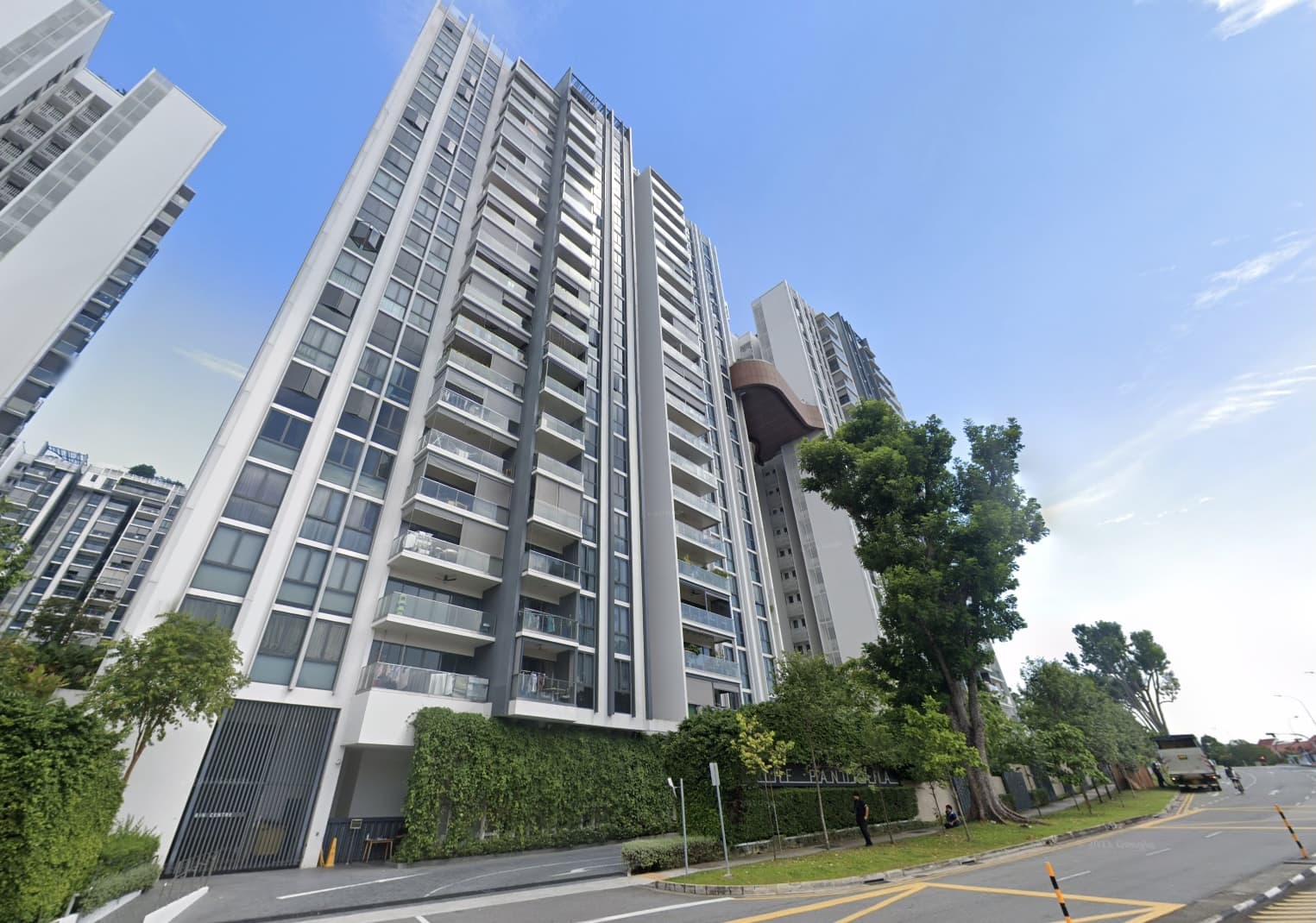
Pro This 698-Unit Ang Mo Kio Condo Launched At The Wrong Time — And Still Outperformed Peers

Singapore Property News $281.2M in Singapore Shophouse Deals in 2H2025 — But That Number Doesn’t Tell the Full Story
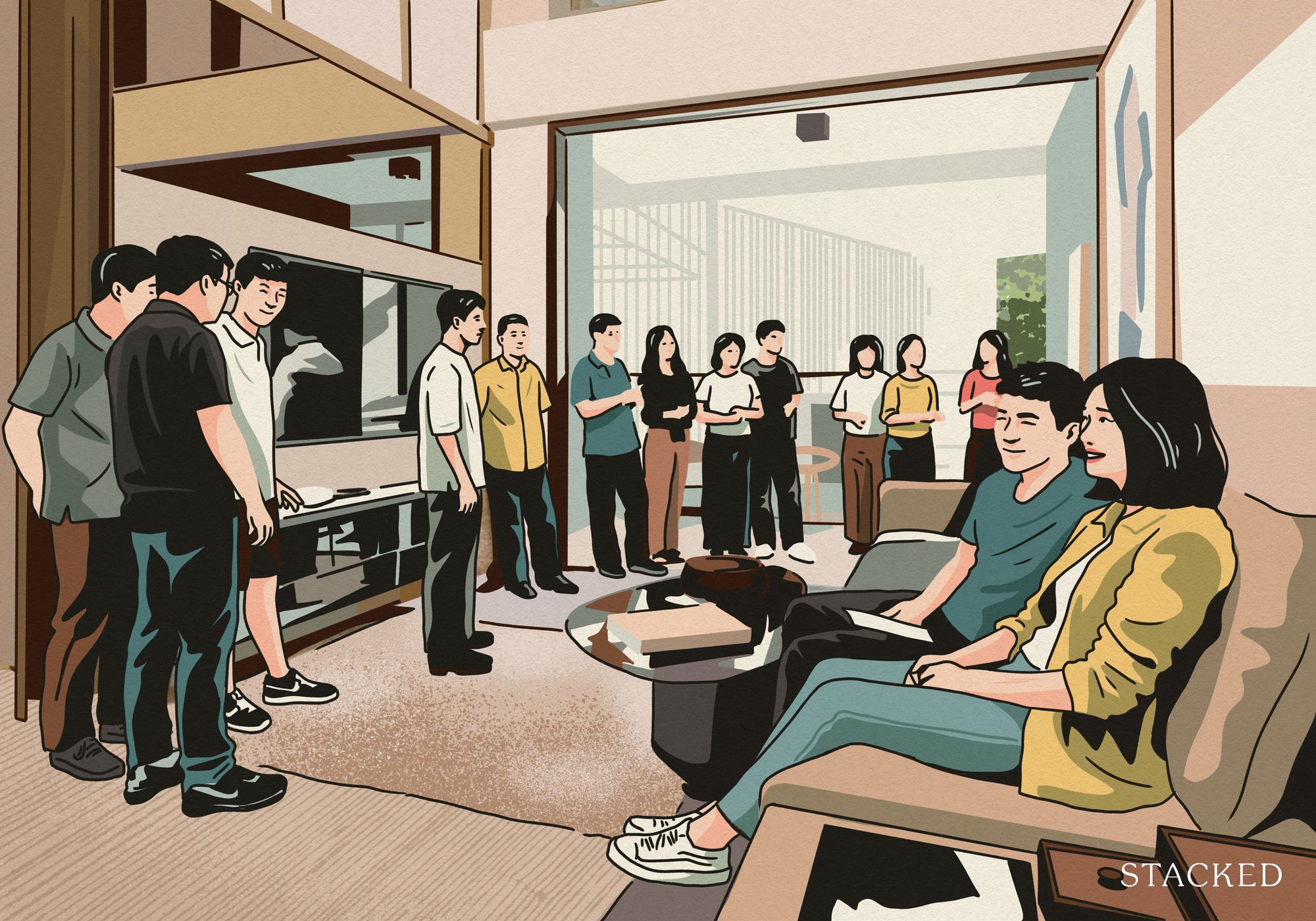
Property Market Commentary 5 Key Features Buyers Should Expect in 2026 New Launch Condos
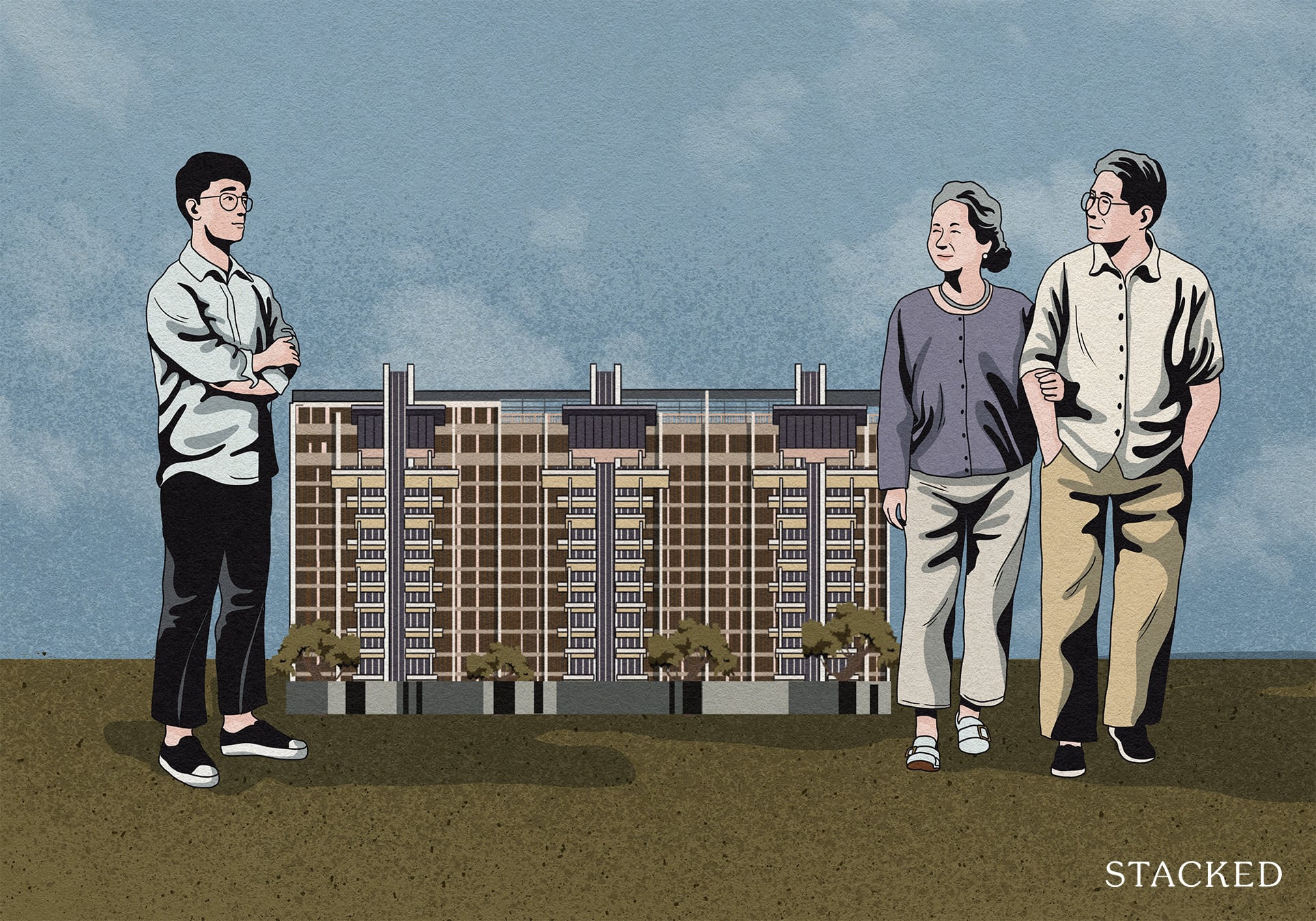
Editor's Pick What “Lucky” Singaporean Homebuyers Used To Get Away With — That You Can’t Today

Property Investment Insights These Resale Condos In Singapore Were The Top Performers In 2025 — And Not All Were Obvious Winners

Singapore Property News CapitaLand–UOL’s $1.5 Billion Hougang Central Bid May Put Future Prices Above $2,500 PSF
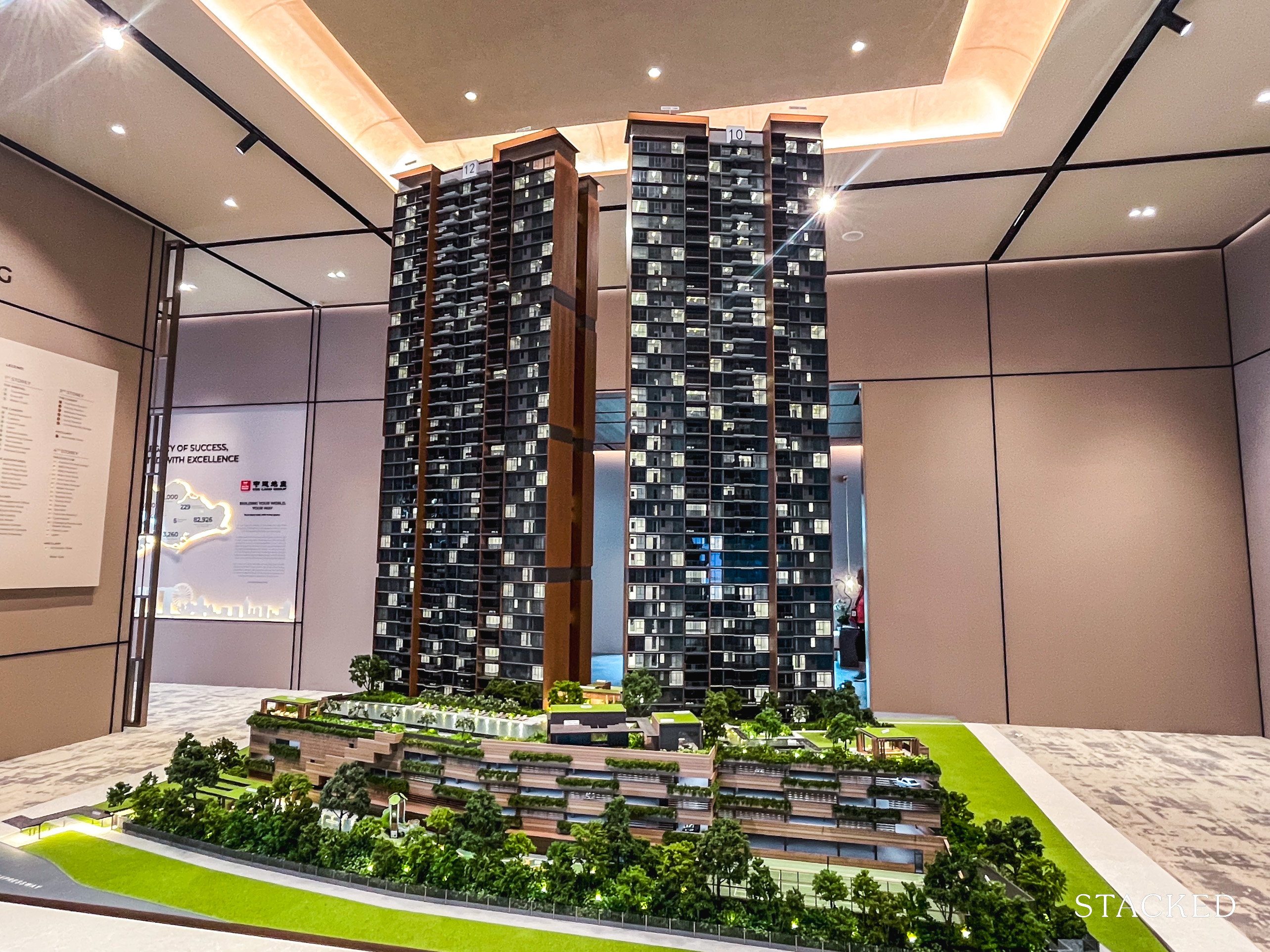
Singapore Property News Why New Condo Sales Fell 87% In November (And Why It’s Not a Red Flag)

Pro How A 944-Unit Mega-Condo In Pasir Ris Ended Up Beating The Market
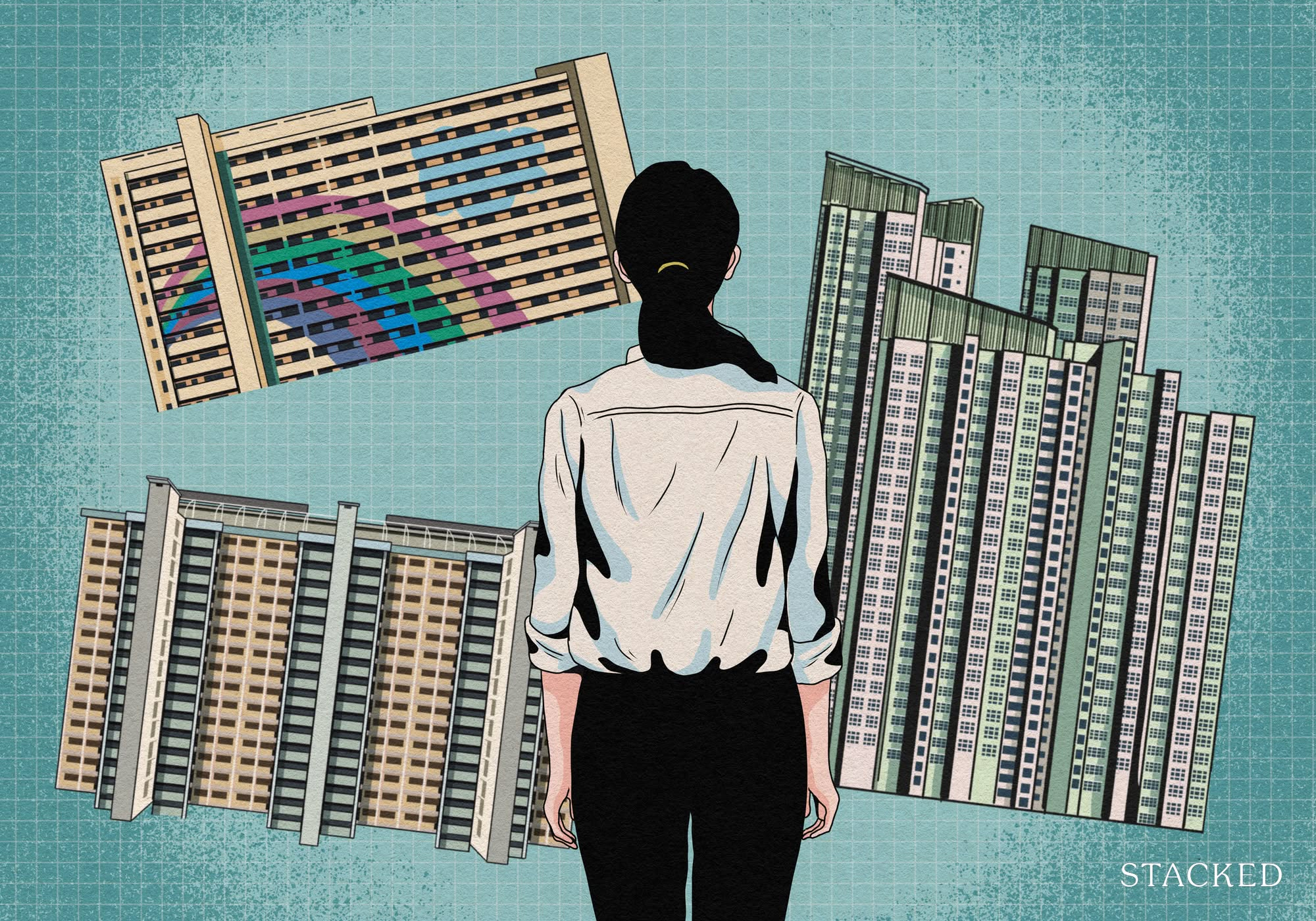
Property Investment Insights What Changed In Singapore’s Property Market In 2025 — And Why It Matters
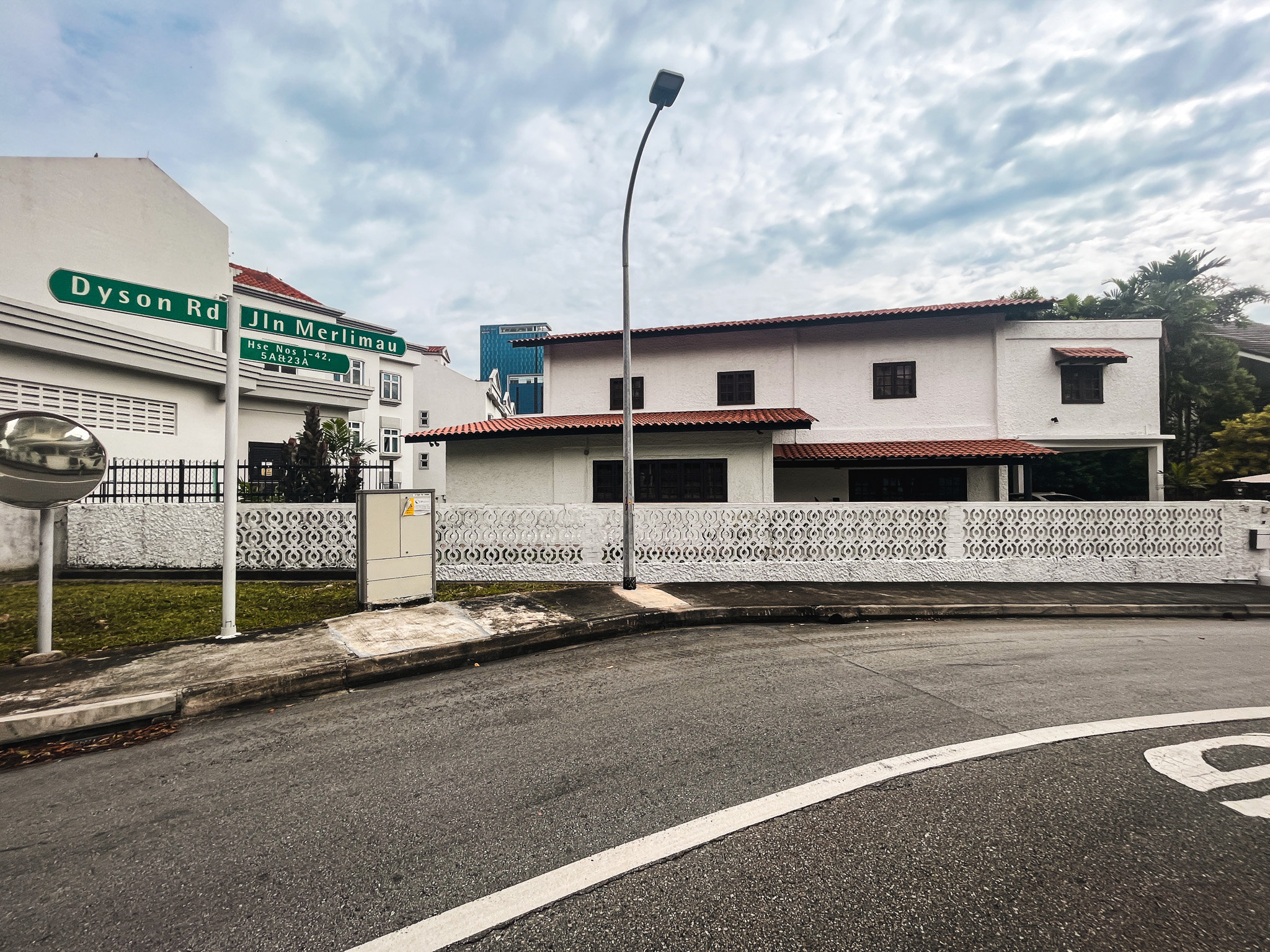
Editor's Pick We Toured A Quiet Freehold Landed Area Near Reputable Schools — Where Owners Rarely Sell
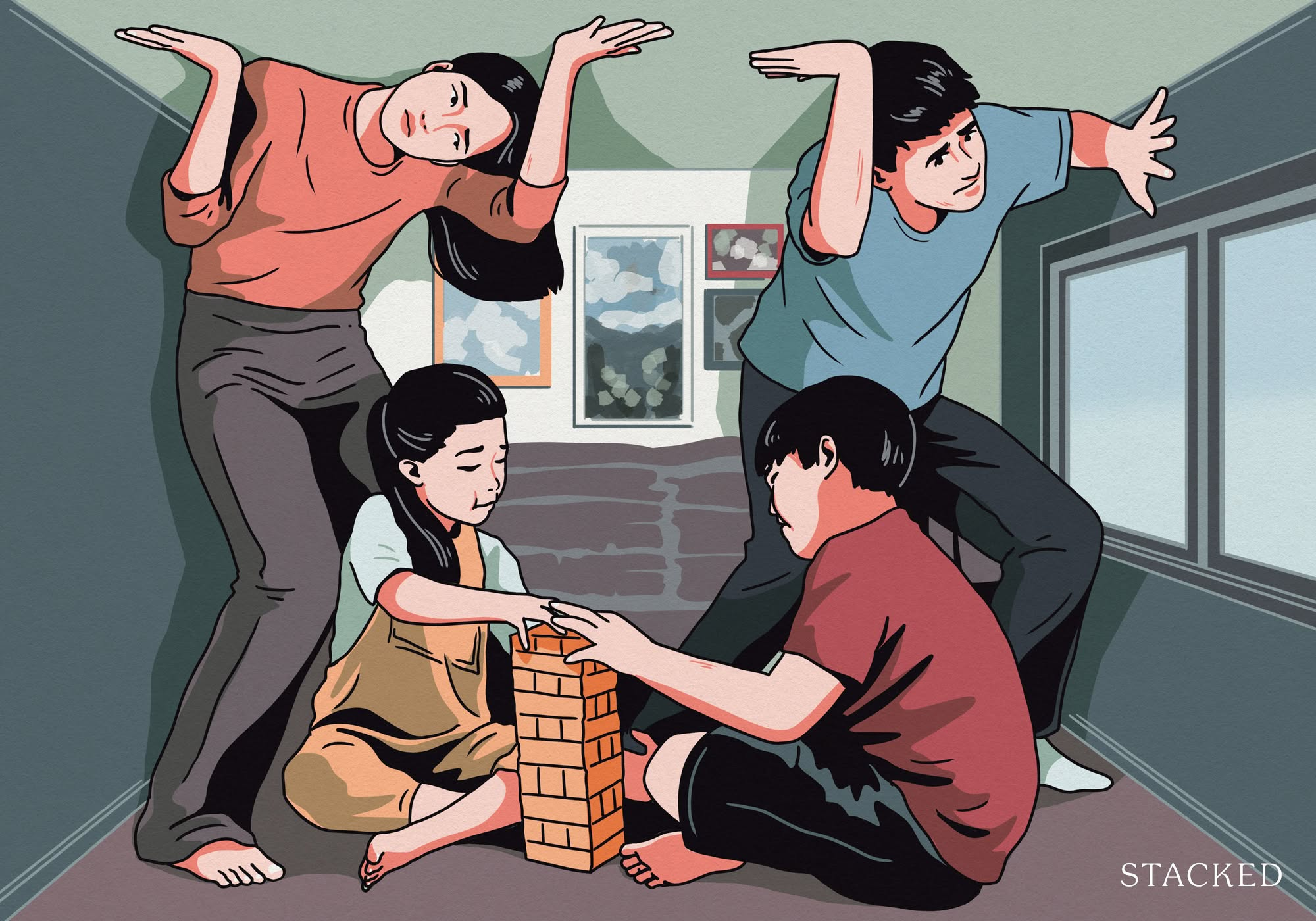
Singapore Property News How Much Smaller Can Singapore Homes Get?

Editor's Pick The Biggest Mistake Singaporeans Make When Analysing Overseas Property

Pro How Much More Should You Really Pay for a Higher Floor or Sea View Condo?

On The Market 5 Spacious 5-Room HDB Flats Under $600K You Can Still Buy Today
